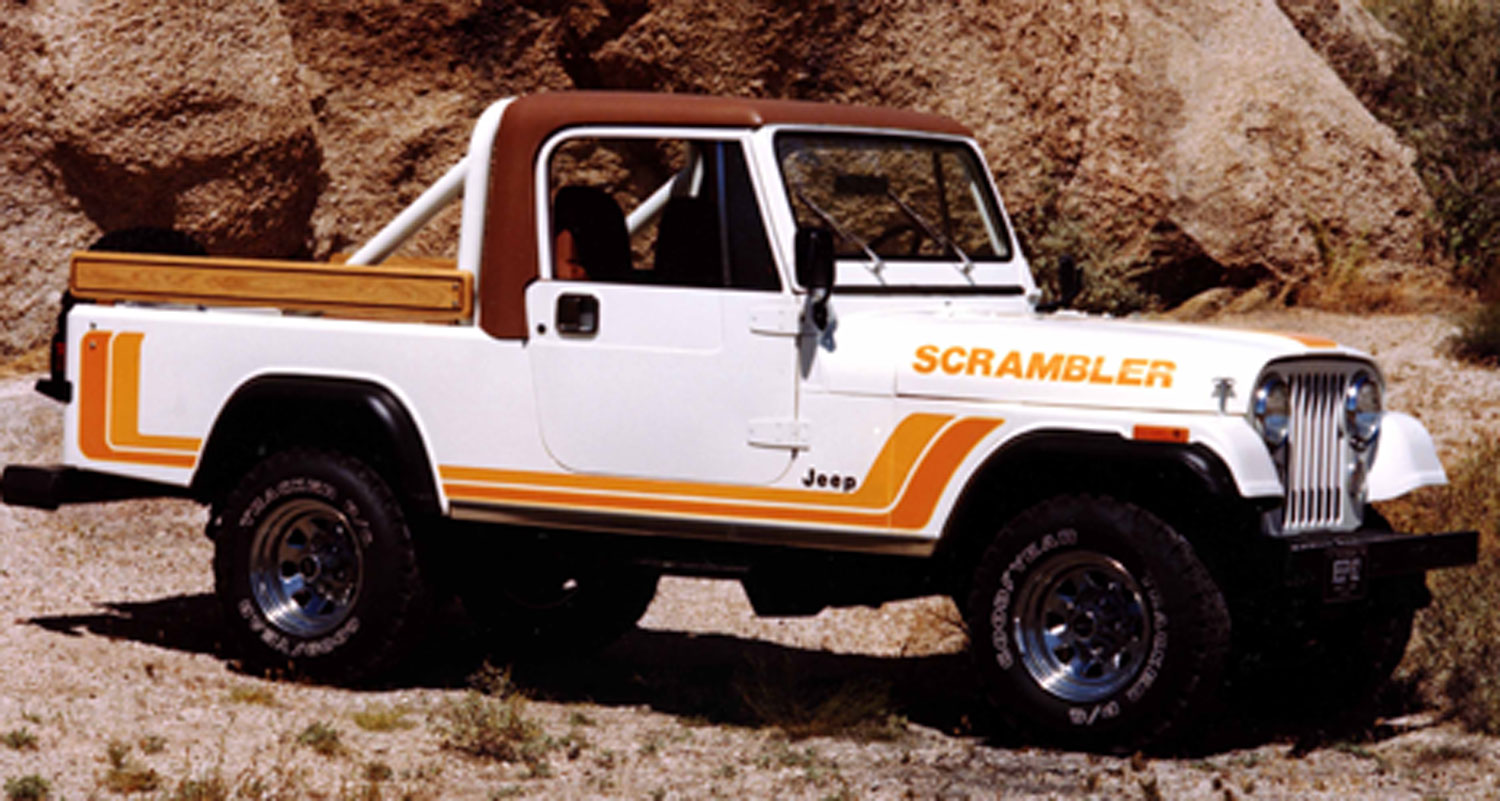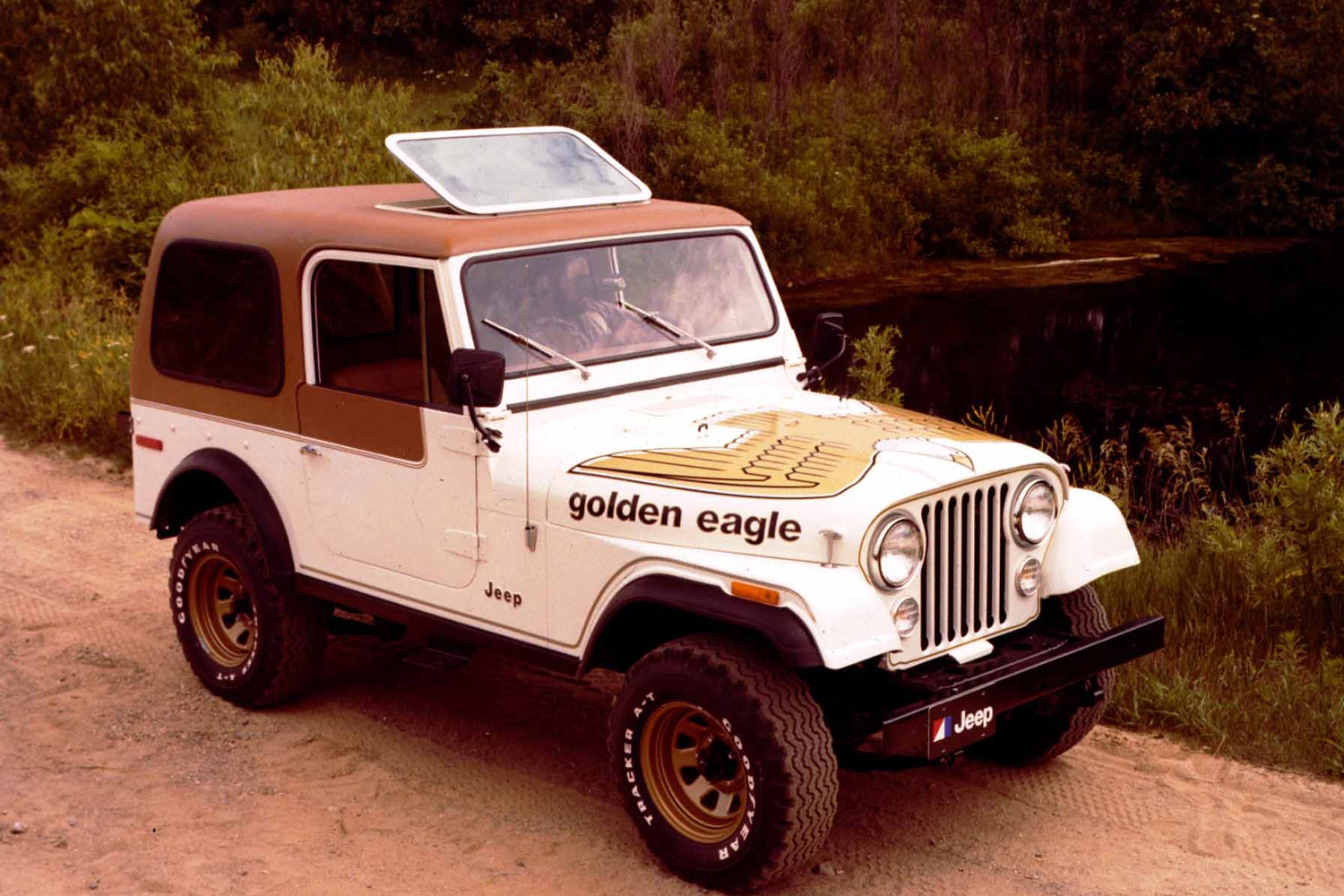What Is the IIHS and What Do Its Crash Tests Mean?
Get to know this research organization and what its ratings mean for your next buy.
 Jeep
Jeep
Article QuickTakes:
When researching new or used vehicles, you’ll often see Insurance Institute for Highway Safety (IIHS) awards right alongside the National Highway Traffic Safety Administration, or NHTSA’s, starred Safety Ratings. An IIHS Top Safety Pick or Top Safety Pick+ (TSP or TSP+) designation certainly sounds impressive, but most consumers probably know little about IIHS or what it takes for a vehicle to earn one of its awards.
So, what is IIHS and how is it different from NHTSA? What tests does it perform, and how are its ratings determined? Here’s a quick primer on its past and present.
At the Forefront of Vehicle Safety
The Insurance Institute for Highway Safety was founded in 1959, predating both NHTSA (1970) and the Department of Transportation (1967), both of which were established by the Highway Safety Act of 1966.
Spearheaded by three insurance associations representing most of the industry in the United States, IIHS spent most of its first decade supporting academic and other organizations in the new field of highway safety, while also promoting vehicle safety initiatives around the U.S.
That changed in 1968 when a vote of IIHS’ board of governors changed its mission to what it remains today, declaring it “an independent, nonprofit scientific and educational organization dedicated to reducing deaths, injuries, and property damage from motor vehicle crashes through research and evaluation and through education of consumers, policymakers, and safety professionals.”
IIHS established its Highway Loss Data Institute (HLDI) in 1972 to collect, analyze, and publicize insurance loss information from vehicle incidents on American roads — data representing human and economic losses based on ownership of a range of vehicles. IIHS continues to influence regulations and industry standards to this day.
 Jeep
Jeep
IIHS Tests and Studies Change the Way We Drive
The post-1968 IIHS had an almost immediate impact on car safety in America, beginning with bumper tests that led to the creation of the first federal bumper standards in 1972. IIHS has since had a hand in everything from establishing the 21-year-old legal drinking age, to setting the length of yellow traffic lights, to demonstrating the effectiveness of airbags.
Many Americans first became aware of IIHS in 1979, when its tests showed the tendency of the Jeep CJ to roll over, leading to a famous segment on the tv show, 60 minutes, and prompting the government to require rollover warnings on some vehicles.
After establishing its Vehicle Research Center in Virginia in 1992, IIHS launched some of the testing protocols it’s best known for today — including offset crash, side-impact, rear-impact, roof-strength, front-overlap, and others. It has conducted studies on the impact of everything from driver age to cell phone use to driver-assist systems on vehicle incidents. Many of these tests are not conducted by NHTSA; being a government entity, NHTSA faces greater budget constraints than IIHS, which is funded by automotive insurers and related trade associations.
Top Safety Pick, Top Safety Pick+, and What They Mean to You
The criteria for IIHS’ Top Safety Pick and Top Safety Pick+ designations are largely the same: A vehicle must demonstrate a Good rating in driver-side small overlap front, passenger-side small overlap front, moderate overlap front, original side, roof strength, and head restraint tests, and Advanced or Superior ratings in vehicle-to-vehicle and vehicle-to-pedestrian front crash prevention evaluations.
Headlights separate TSP from TSP+ vehicles, with a subtle but important difference: Top Safety Pick vehicles must have Acceptable or Good headlights available, while Top Safety Pick+ vehicles offer them as standard equipment.



